Read the story of one of my most incredible trips while, together with another photographer, we managed to photograph a Snow Leopard.
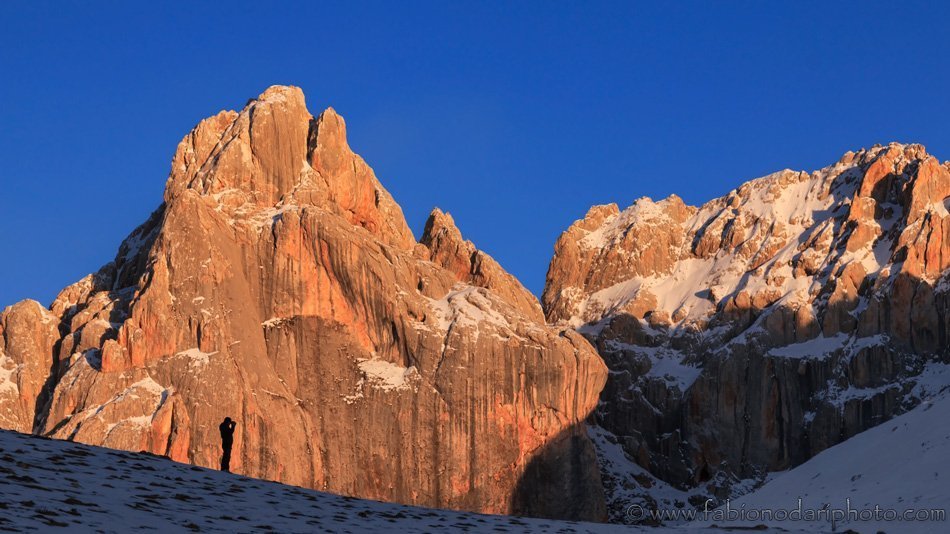
In recent years, I have traveled a lot and seen incredible places, but one of the most unique trips I’ve ever made has been to China, in the provinces of Qinghai and Sichuan. As I’ve often written in this blog, China is not the first place that comes to mind when you think about wildlife and nature. However, China (here is the complete travel guide to China) is a country with incredible landscapes and an almost unparalleled variety of animals.
As you’ll see, the trip was epic, and we eventually photographed a hunting scene between a Snow Leopard and a Blue Sheep for the first time in the world.
Yushu – Qinghai
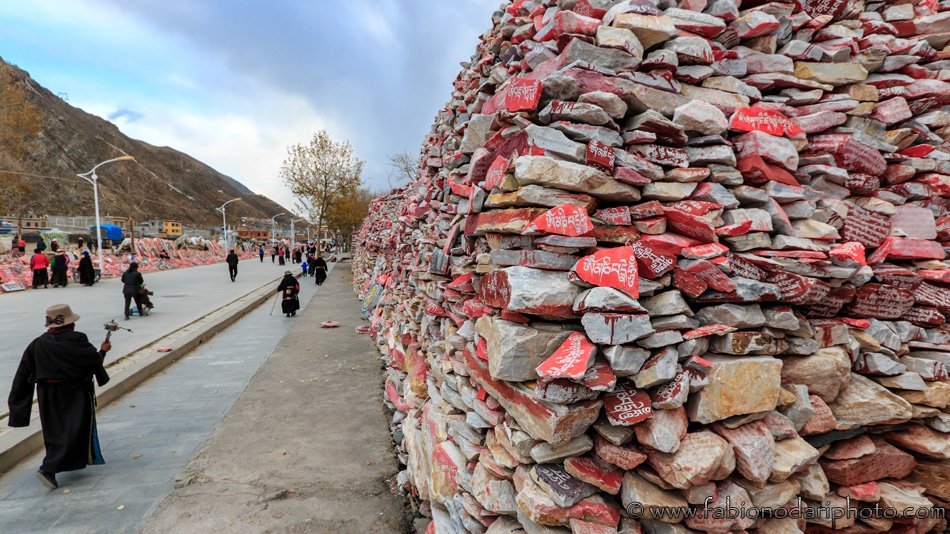
The trip started with a flight from Chengdu in Sichuan (don’t miss my article with the top things to do in Chengdu) to Yushu in Qinghai province. Located at 3700 meters, this city is surrounded by incredible landscapes. Most people living in the Tibetan and Qinghai plateau don’t speak Chinese but many different Tibetan dialects.
There aren’t many things to do in Yushu other than a visit to the biggest Mani Stones Wall in the world. Mani stones are stone plates, rocks, and/or pebbles inscribed with the six-syllabled mantras of Avalokiteshvara (Om mani Padme hum, hence the name “Mani stone”), as a form of prayer in Tibetan Buddhism.
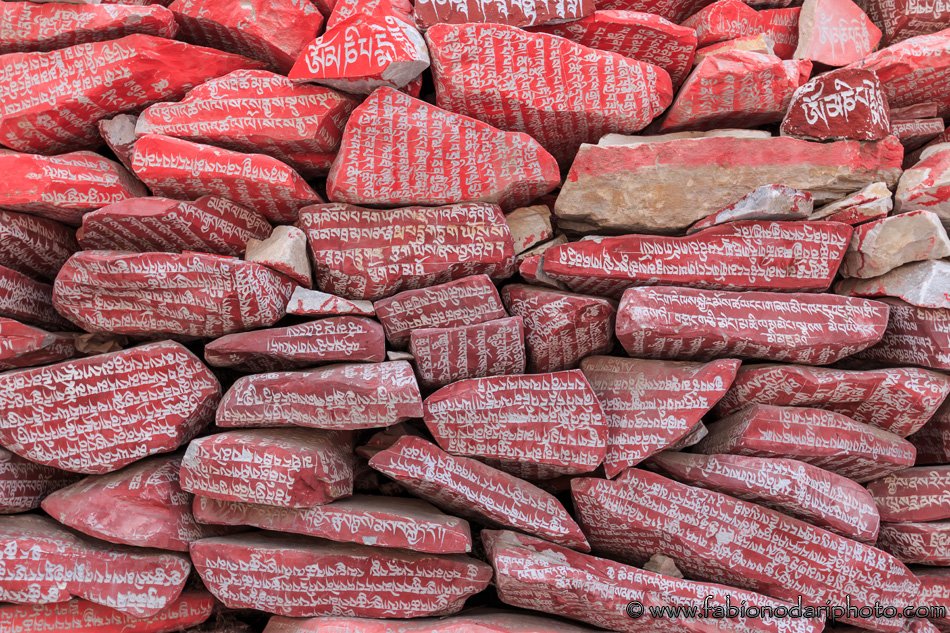
I’ve spent a lot of time in China, and one undeniable thing is the total absence of any form of religion in most of the country. The Tibetan plateau is a world apart in this sense, too.
People are very religious, which becomes obvious when you arrive there. It’s not unusual to see groups of pilgrims on their way to Lhasa, walking on foot. This trip usually takes several months. It’s a pilgrimage made often in winter when the weather conditions are extreme.
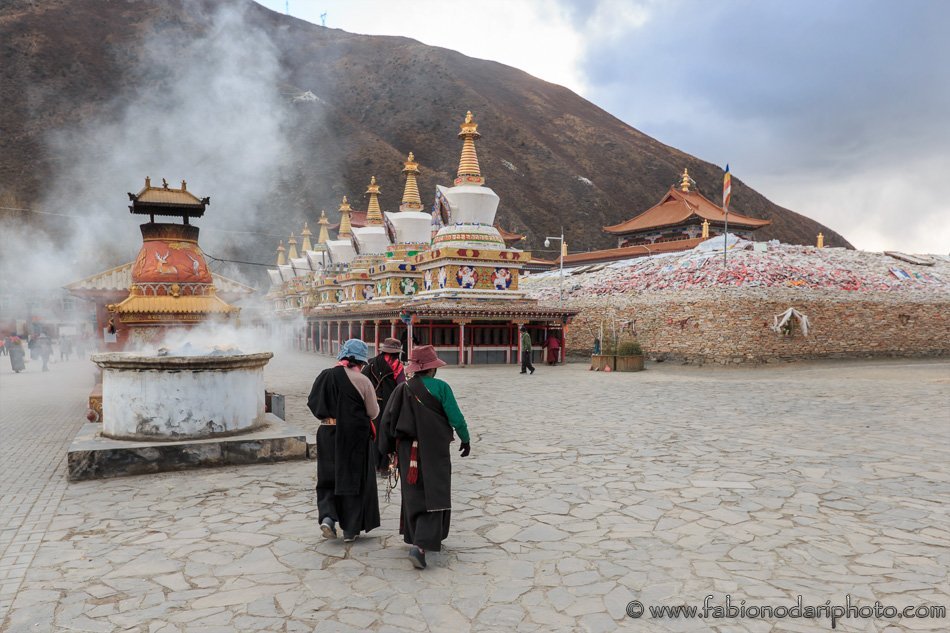
One thing to remember is that in this part of China, foreigners can travel even without a tour guide (unlike Tibet, where you need a special Visa and a tour guide). But, unlike most of China, foreigners are not always welcome.
Looking for the Snow Leopard
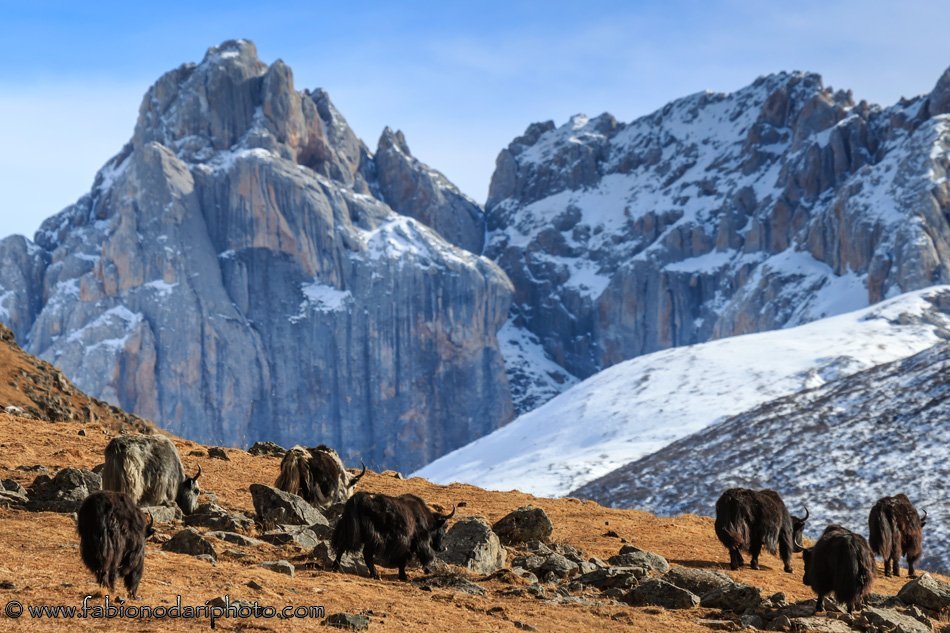
After leaving Yushu, we headed to a remote valley in Northern Sichuan, looking for the White-Lipped deer. The trip was quite challenging. We camped at an elevation between 4000 and 5000 meters, which was very cold.
We also had to face some problems with local authorities who were not very happy to see some foreigners. Fortunately, we eventually solved the issue and were allowed to stay.
We found the White-Lipped Deers on the very first few days.
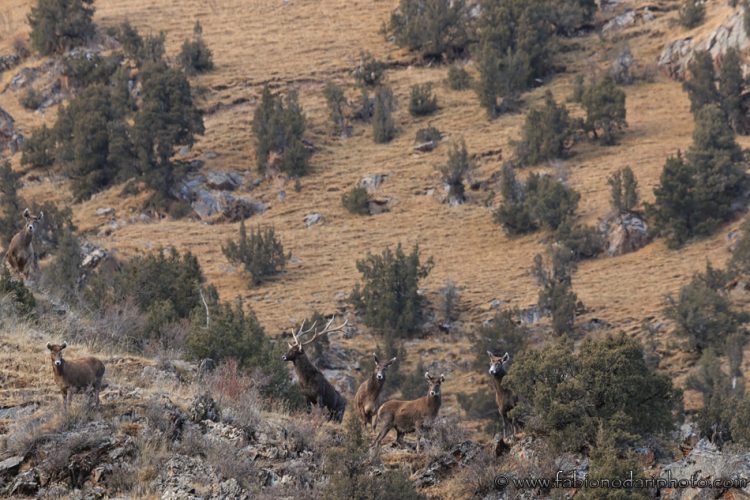

We visited the plateau during the mating season of the deers, which is the only time of the year when males and females spend some time together. During the rest of the year, they live in different places.
Our next goal was to photograph the Snow Leonard, knowing well that it would have been a very challenging task: few people have ever seen one, let alone photographed it. Most pictures and videos of Snow Leopards are taken using photo traps.
Long story short, from this point on, the trip became epic. A few days after our arrival, we saw a snow leopard for the first time, and once we discovered the place where he seemed to spend some time looking for prey, we returned to the same spot every day.
The incredible thing is that we saw the cat while he tried to catch (failing) a Blue Sheep. The next day, we photographed the Snow Leopard successfully killing a Blue Sheep. I later discovered that we were the first to photograph this scene, as this article in Nat Geo explains.
It wasn’t an easy kill. After catching his prey, the Leopard started rolling down the mountain for at least 200 meters due to the steepness of the slope.
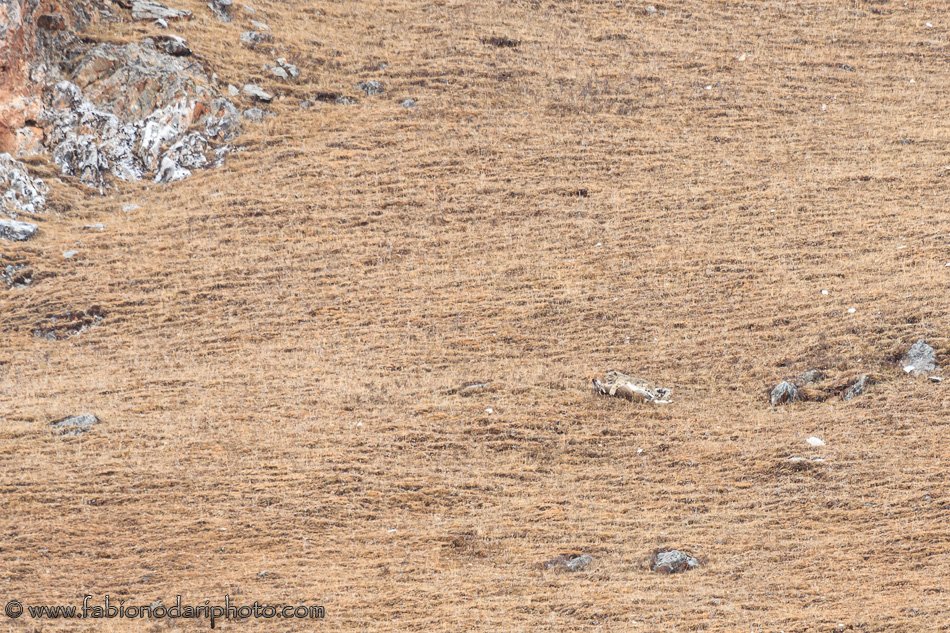
In the end, almost exhausted, he managed to drag its prey on a rock. Once the prey has been captured, the Snow Leopards usually spend 2 or 3 days sleeping and eating it.
The next day, being careful not to scare the Leopard away, we tried to get closer. There are no words to describe what you feel as you look at a Snow Leopard straight into its eyes.
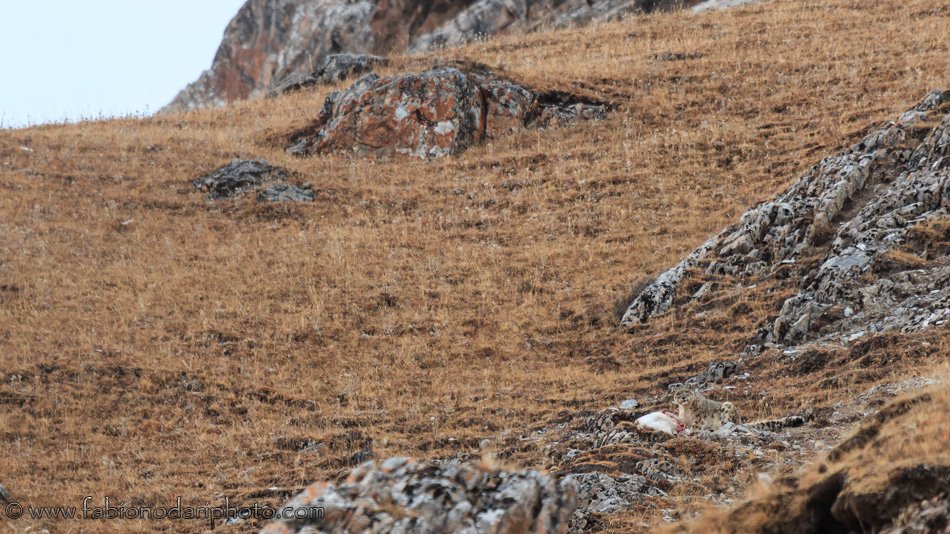
Seeing a Snow Leopard is a unique experience, so it’s easy to forget all the other amazing things we saw. The valleys we explored are a real paradise.
We photographed Tibetan Gazelles, Bearded Vultures, Wolves, Foxes, Musk Deers, Golden Eagles, Vultures, White-Lipped Deers, Blue Sheep, Argali Sheep, and much more.
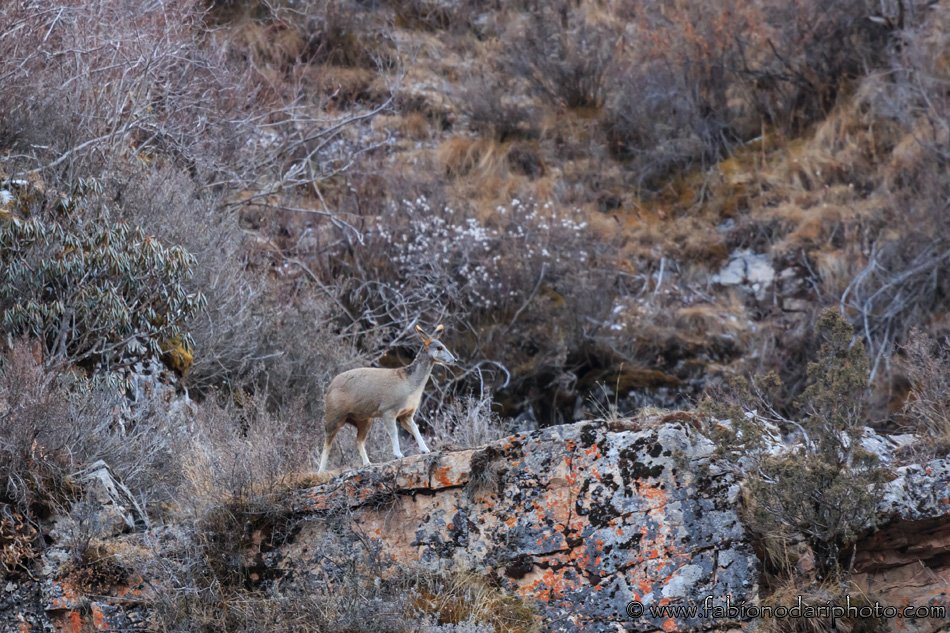
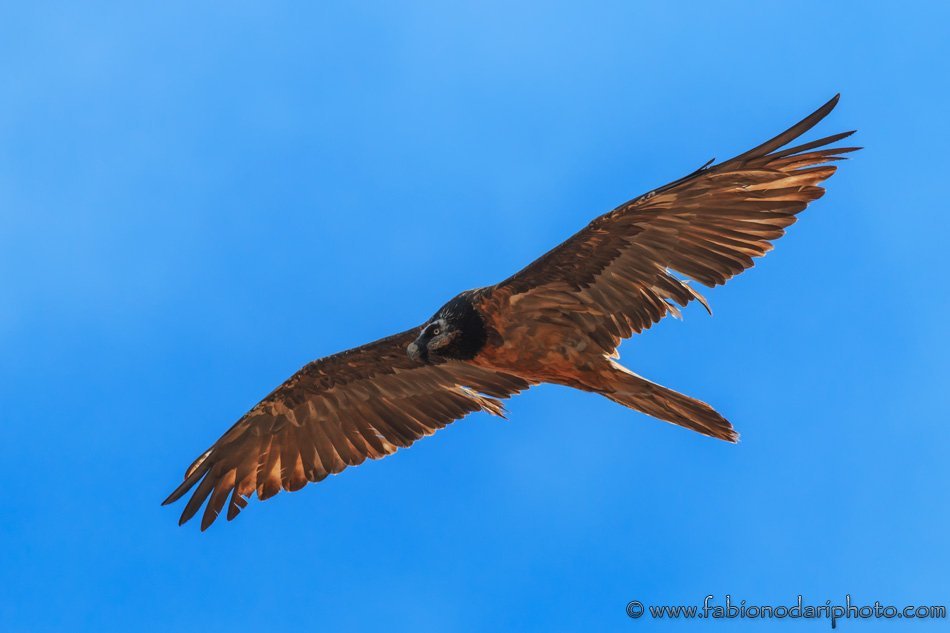
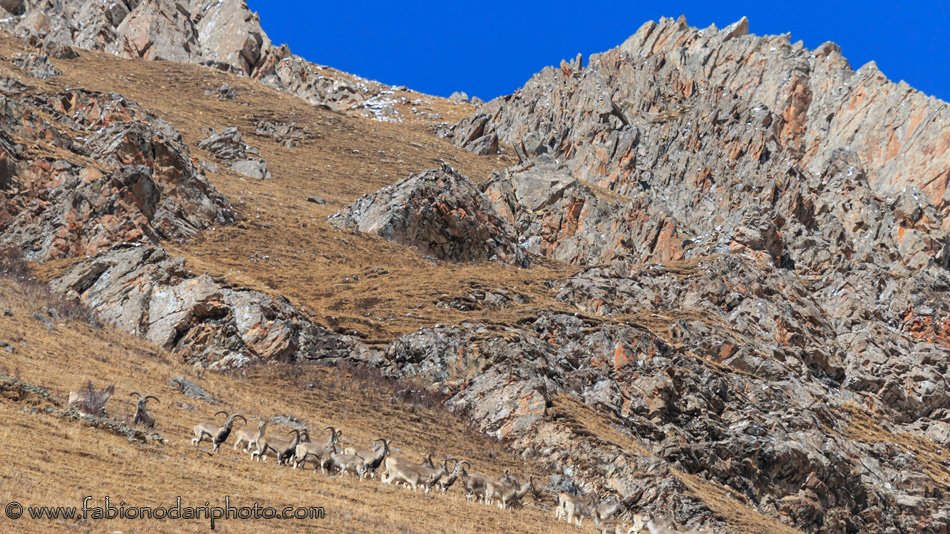
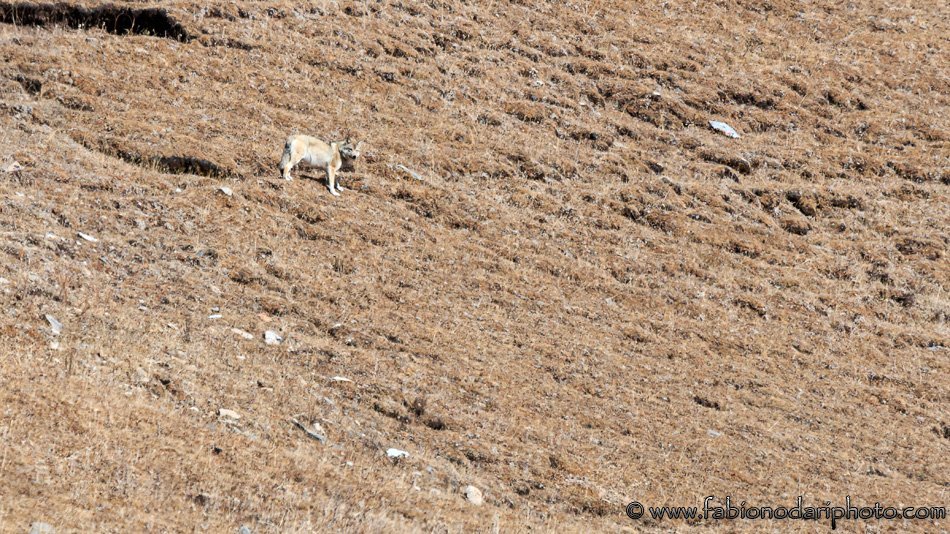
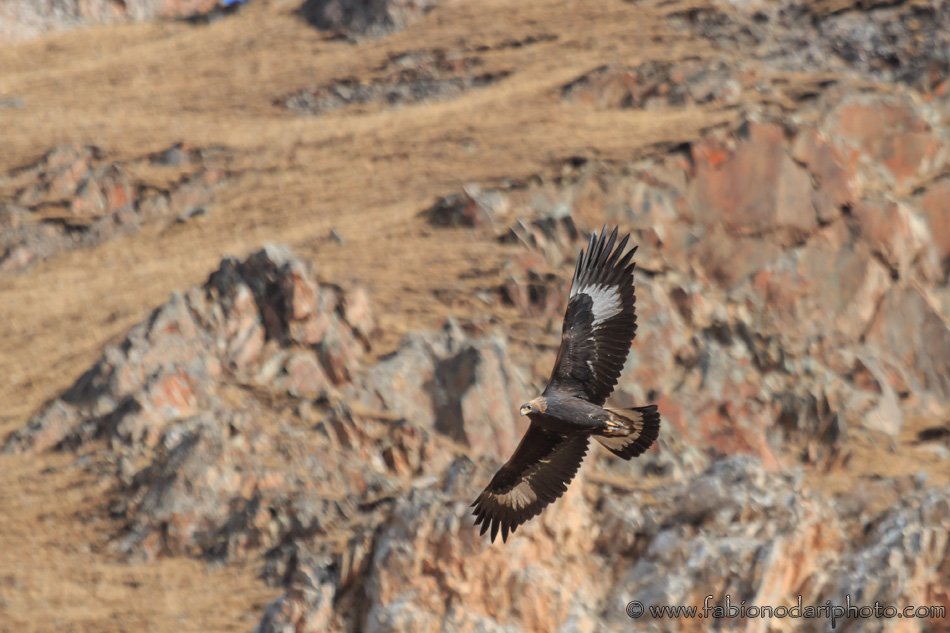
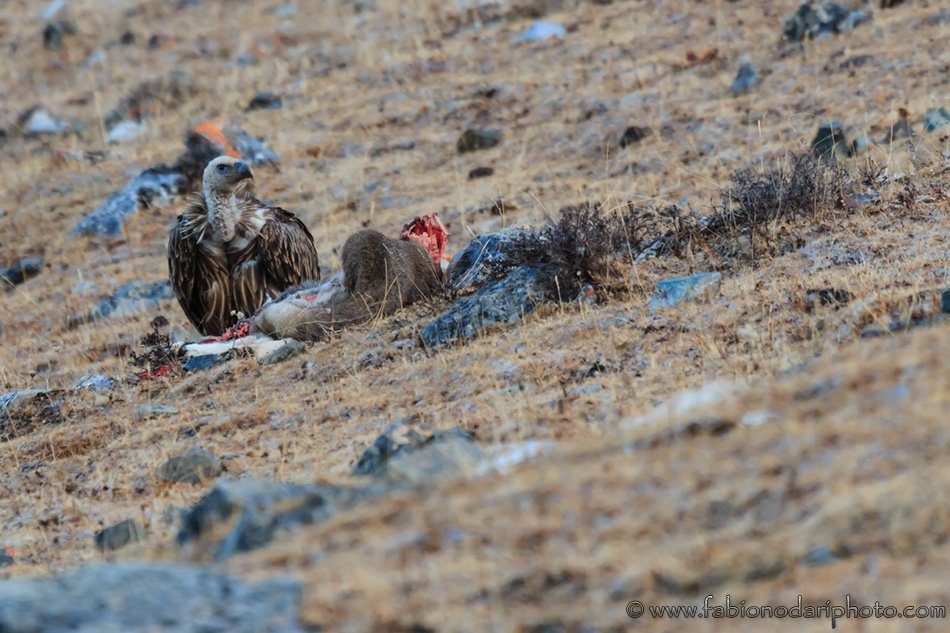
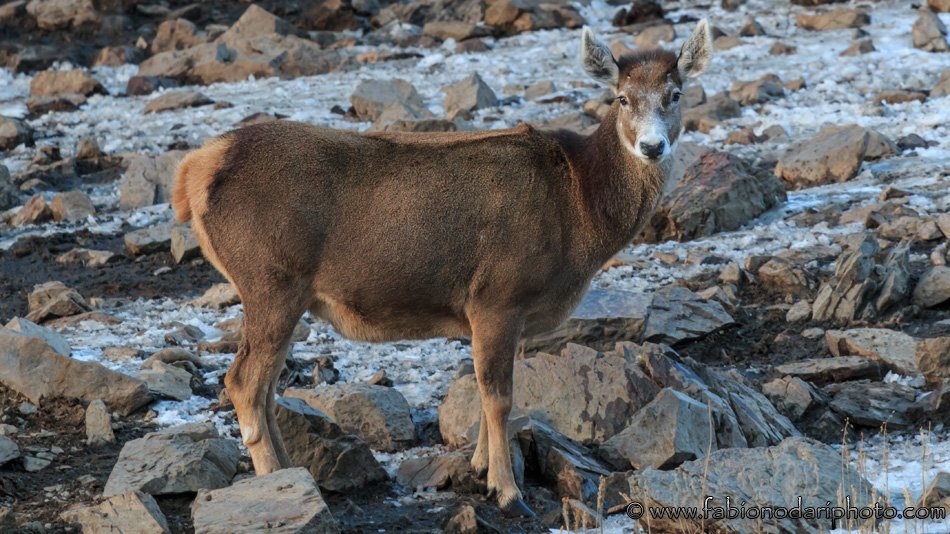
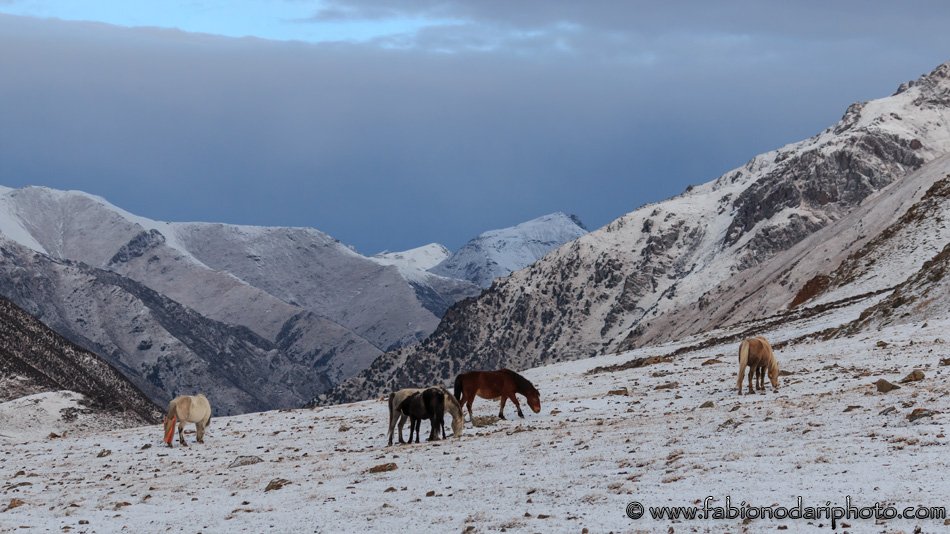
Where to photograph the Snow Leopard
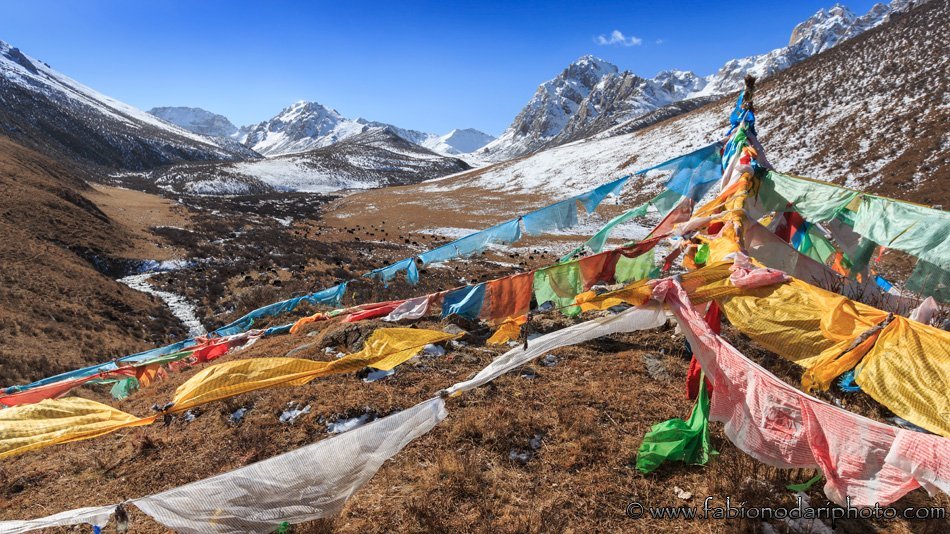
Unfortunately, the Snow Leopard is a very diffident and difficult animal to photograph. China is the best place given that most of the Snow Leopards (the world population of this cat is between 4000 and 10000) live or spend part of their lives there. I also photographed a couple of them in Kyrgyzstan, but they were in a reserve.
Snow Leopards love resting at the top of high cliffs where they can control the whole valley. Sichuan is one of the places where you can find it. The best season is winter. It’s too hot in summer for them, even if the temperatures are only a few degrees above zero, and they hide in the caves.
I advise relying on local tour guides who know the area and have already seen them. On this trip, our guide was the same one who accompanied the Walt Disney troupe while filming the documentary Born in China. The irony of fate is that despite their very high budget, they did not manage to see a Snow Leopard hunting a wild animal in the two years of filming.
To conclude, this is a video where I condensed some of the scenes shot on this and other trips to China.
If you visit China, don’t forget to get a VPN. Here are some more pictures I took in Qinghai. Here is an article about Xinjiang, the Far West of China, and here is my travel guide to Tibet.
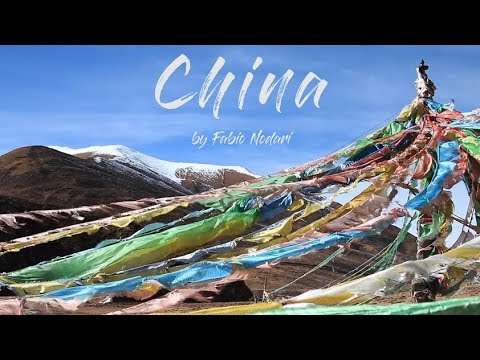
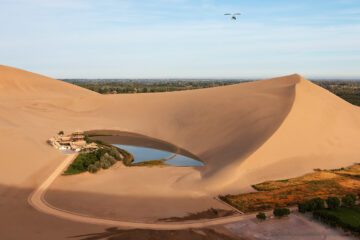
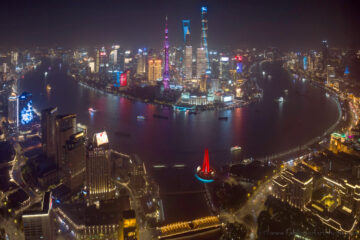
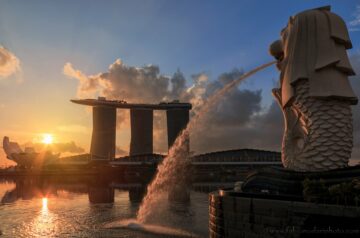
Engaging story and amazing photography Fabio.
Thanks!